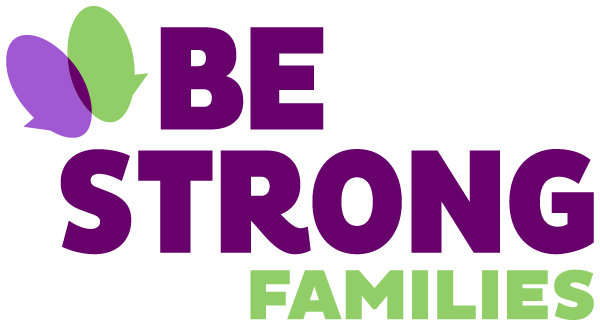Improving Engagement by Prioritizing “Human” and “Service” Over Paperwork
Eligibility. Intake. Paperwork. “It’s our policy.” Recently, I have been involved in, and heard through others of, numerous situations that highlight the ways in which our human services systems prioritize the needs of the system and its workers—us—over the needs of the people we serve. Our policies and procedures can create barriers to access and inadvertently add to the suffering of people in need.
For example, I called the child abuse hotline in another state last week because of a serious concern about a teenage girl (the niece of a coworker) who was going into the system. Her family heard secondhand that she was being placed with an adult male friend of hers without the child welfare workers even contacting her adult extended family members. My colleague and I suspected the motivations of the Good Samaritan and were concerned about the possibility of the young woman being sexually exploited or trafficked or recruited for an illegal business. When I called, the first thing I heard was a long recorded message warning me that making a false report was a misdemeanor crime punishable by a fine and jail time. Then when a person finally came on, she had her script, which didn’t allow me to tell my story until I gave her all the demographic information she needed. The worker didn’t do anything wrong, but the standard practices she had to follow did not feel to me like they were prioritizing child safety. Truth is, I wanted to hang up several times both before and during the interaction.
This experience reminded me of hearing from a child welfare-involved teenage mom, about a time she had been locked out of her residential placement, with her baby, at night, in the winter. She didn’t understand why when she had called the hotline to her state’s advocacy office, they wanted all her demographic information, asking her "How old are you?" "What race are you?" before they would listen to her problem, much less assist her. Upfront she had told the person who answered the phone that she was a youth in care, so they had all that information in their computer database. When she suggested, at a statewide Youth Advisory Board meeting, that the practice should change, the advocacy office representative told her, “That’s our policy." This notwithstanding that the purpose of the meeting was to gain input from youth as to how the system could serve their needs better. We are often resistant to change.
How would I do it differently? Literally, flip the script. My third example: At PACTL (Pasadena Altadena Coalition of Transformative Leaders)hyperlink to their website, I know that when a person comes in asking for assistance, in their intake process they first find out what the need is, and then try to address it, and then get the demographic information. They sit with the person, listen to the story, mobilize the concrete support for the time of need - whether that’s through their program or a referral to a partner agency -- and then get their own bureaucratic needs met. They explain why they need all the demographic information they are asking for after they’ve established the trusting relationship. They have found that this process works better because people are grateful and they want to be able to give back, to help the program stay in business, to make sure the person who helped them doesn’t get in trouble. It may even be more efficient because it is more human and quiets the fear and distress and shame and other negative emotions and adrenaline-fueled processes in play when someone is in a situation of extremity and needs help. Workers may get more accurate information in a shorter amount of time. The image coming to mind is of throwing a life preserver to a person flailing in choppy water and waiting to interview them until they get safely to shore.
At PACTL, it’s probably not a coincidence that a poster of the Golden Rule Across World Religions — Do unto others as you would have them do unto you — is prominently displayed in their office. If you were in need or seeking support services, how would you like to be treated? How can we as helpers prioritize the needs of the people we serve over the tracking and reporting needs of our programs and our funders? (And still get our needs met.) How about by adopting a basic customer service stance, for example by asking first “What’s going on? How can I help you?” As we listen, we can take notes, and pull out some of the information we will need for our paperwork. As we are establishing a trusting relationship, we can be laying the groundwork to get our own bureaucratic needs met as well.
This is one small example of the kind of relationship-based practice that is at the heart of effective parent and community engagement in human services. Be Strong Families provides training workshops specifically designed to improve the relationships between program staff and the families they serve as a way to improve our outcomes and move our systems towards better results. Contact us for more information about our training on Customized Art of Parent Engagement, Building Strong Relationships with Families, Recognizing and Responding to Signs of Family Stress, and much more!
Article by: Katthe Wolf

